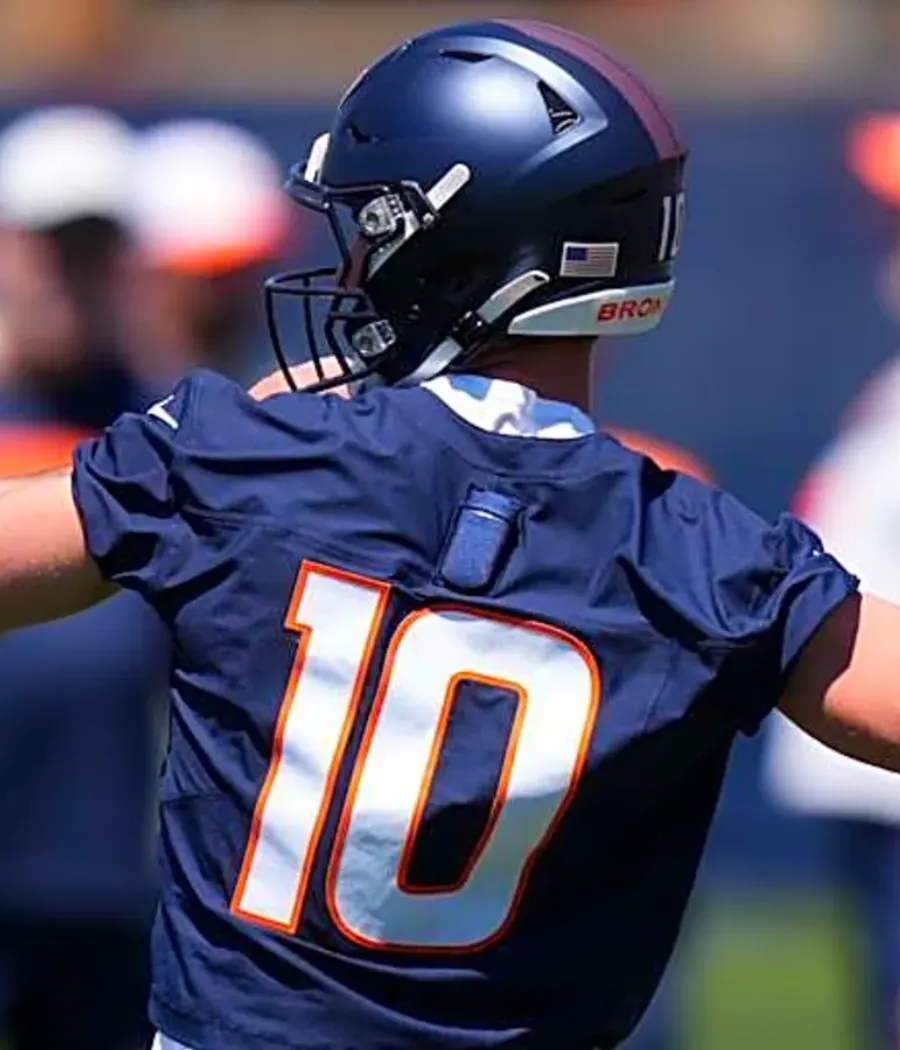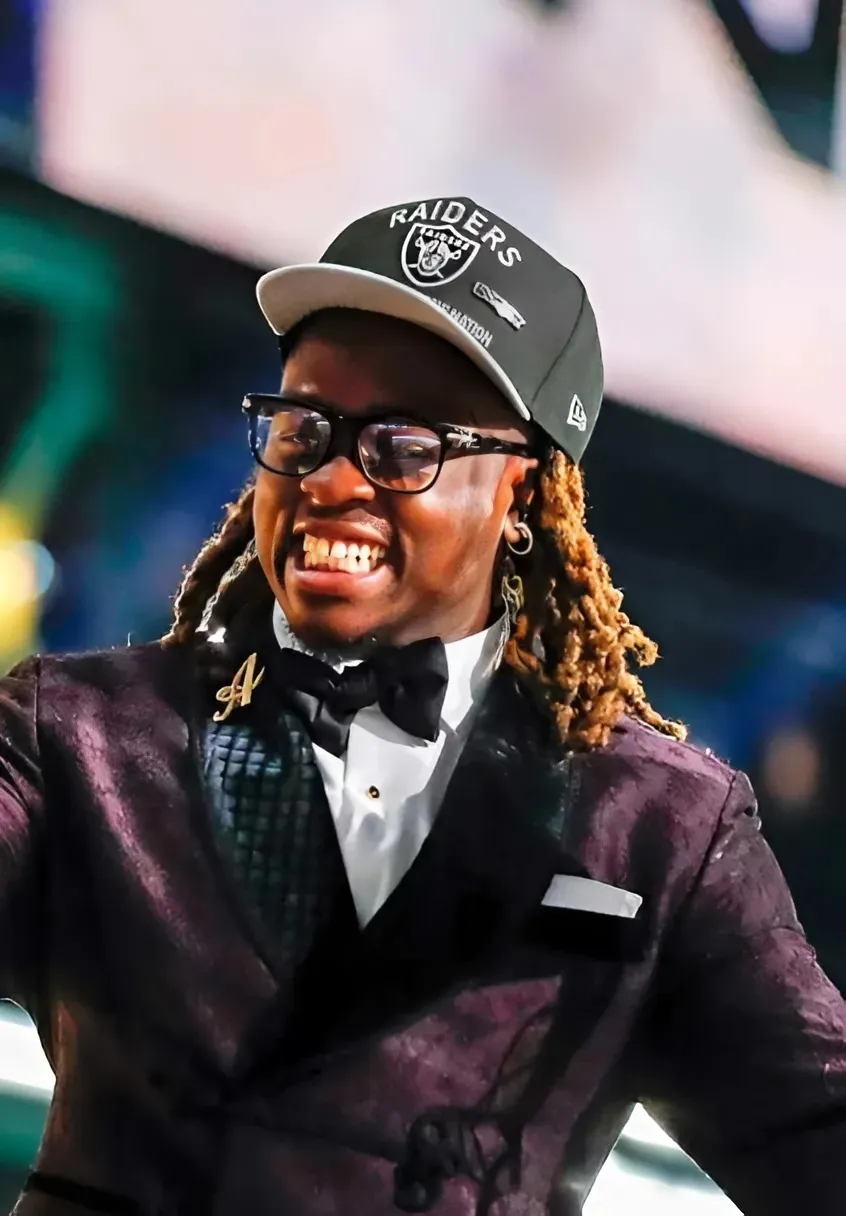
Philadelphia Flyers defenseman Nick Seeler (24). (Megan DeRuchie-The Hockey News)
There's a quiet kind of intrigue in watching a team evolve in real time. No longer bound by the pressure of a playoff push, the Philadelphia Flyers have shifted gears in the season's final weeks, entering an experimental phase—one where exploration is the goal, and the weight of the standings has momentarily lifted.
That's been especially evident on the blue line, where interim head coach Brad Shaw has done some shuffling around, rearranging the team's top-four defensemen.
Gone, for now at least, is the long-standing duo of Travis Sanheim and Cam York. Ditto for Nick Seeler and Jamie Drysdale, a pairing that became one of the Flyers' steadiest over the grind of the season. In their place are two new combinations: Sanheim with Seeler, and York with Drysdale.
On paper, it may look like simple lineup tinkering. In practice, it's something deeper—a calculated attempt to unlock different facets of each defenseman's game, to see if certain synergies exist in places they weren't previously tested. And with Shaw overseeing the defense during John Tortorella's tenure with the Flyers, there's an extra layer of familiarity and insight guiding the changes.
Sanheim and Seeler: Controlled Chaos with a Motor
Travis Sanheim and Nick Seeler may not seem like the most natural fit at first glance—one is a smooth-skating, puck-moving defenseman who logs big minutes in all situations; the other, a gritty, stay-at-home warrior who’s made a living off pure tenacity and fearlessness. But together, they’ve shown flashes of balance, where one’s flair complements the other’s blunt force.
“[Sanheim]’s got a great motor, great legs. He can really get up and down the ice,” Shaw said after the Flyers’ game against the New York Rangers on Wednesday. “I thought in the last two periods, he was fantastic. It was about as well as I've seen him play, maybe since [the 4-Nations Face-Off]. He really looked comfortable with the puck, checked at a real high level."
What Seeler brings to that pairing isn’t subtle—it’s energy, aggression, and that ever-crucial quality of making his presence known. Shaw was effusive in his praise: “Seels is just always a motor for aggressiveness. If he's not blocking a shot, he's going to close and take time and space away. I think what he does is draw other guys on the ice into that same battle… Even if we're not on the attack, we're at least not being attacked.”
The dynamic between the two works because of their differences. Sanheim’s mobility allows him to push the pace and recover quickly; Seeler’s decisiveness helps cut plays off before they become dangerous. Together, they offer the potential for a hybrid unit—one that can shut down top lines while still transitioning the puck with purpose.
York and Drysdale: Friends, Fluidity, and Freedom
Then there’s the flashier, more finesse-driven pairing of Cam York and Jamie Drysdale. These are two former first-rounders who not only skate with ease but think the game quickly. Both are aggressive in their instincts—always looking for opportunities to jump into the play, stretch the ice, and keep opponents guessing.
 Philadelphia Flyers defenseman Cam York (8). (Megan DeRuchie-The Hockey News)
Philadelphia Flyers defenseman Cam York (8). (Megan DeRuchie-The Hockey News)“They’re such good friends off the ice; sometimes that can really bleed into the game on the ice,” Shaw said. “It’s kind of come—not by accident, but where Seeler was when Cam came back, I liked that pair. Again, where we are as a team, to me, there’s a chance to see different combinations right now.”
That familiarity, that off-ice bond, might be the hidden glue that makes this pairing work. Communication comes more naturally. Timing seems intuitive. They cover for each other not just because they’re told to, but because there’s an underlying trust forged through friendship.
“I like the fact that they’re both mobile. I like the fact that they both have an attack mentality,” Shaw continued. “Sometimes that leads to trouble, but as long as we’re playing responsibly, I don’t mind the [defense] leading the attack like that. I actually would promote it… and the more familiarity they get, hopefully the more in-sync and more dangerous they can become.”
Earlier in the year, this combination was one Shaw found himself gravitating toward late in games, especially when trailing. “If you got down to four defensemen, I would sometimes play Seeler-Ristolainen and York-Drysdale when all those guys were in the lineup,” he said. “They’ve played some minutes together, and sometimes that can really help get through some of the rough spots, especially early in games and especially on the road.”
 Philadelphia Flyers defenseman Jamie Drysdale (9). (Megan DeRuchie-The Hockey News)
Philadelphia Flyers defenseman Jamie Drysdale (9). (Megan DeRuchie-The Hockey News)Now, they’re getting a full run together—more than just spot duty. The early results? Encouraging. Their puck movement has been clean, their instincts sharp, and they seem to be gaining confidence with every shift.
A Glimpse Toward the Future
This isn’t just a change for change’s sake. Shaw is thinking long-term. The Flyers, even outside the playoff picture, have meaningful questions to answer: Who fits where? What roles can young players grow into? What kind of defensive identity do they want moving forward?
The answer might not be a static one. These pairings may evolve, dissolve, or even return to the old setups. But for now, there’s value in testing something new—especially when the stakes are less about results and more about progress.
Watching Sanheim take over a game with his skating, seeing Drysdale and York flick passes through tight seams, or watching Seeler turn a forecheck into a wall—it’s all part of a team still building. Still learning. Still discovering what it might become.
Sometimes, change isn’t about fixing what’s broken. Sometimes, it’s about exploring what could be better. The Flyers’ new-look defense is doing just that.

-1749262919-q80.webp)

